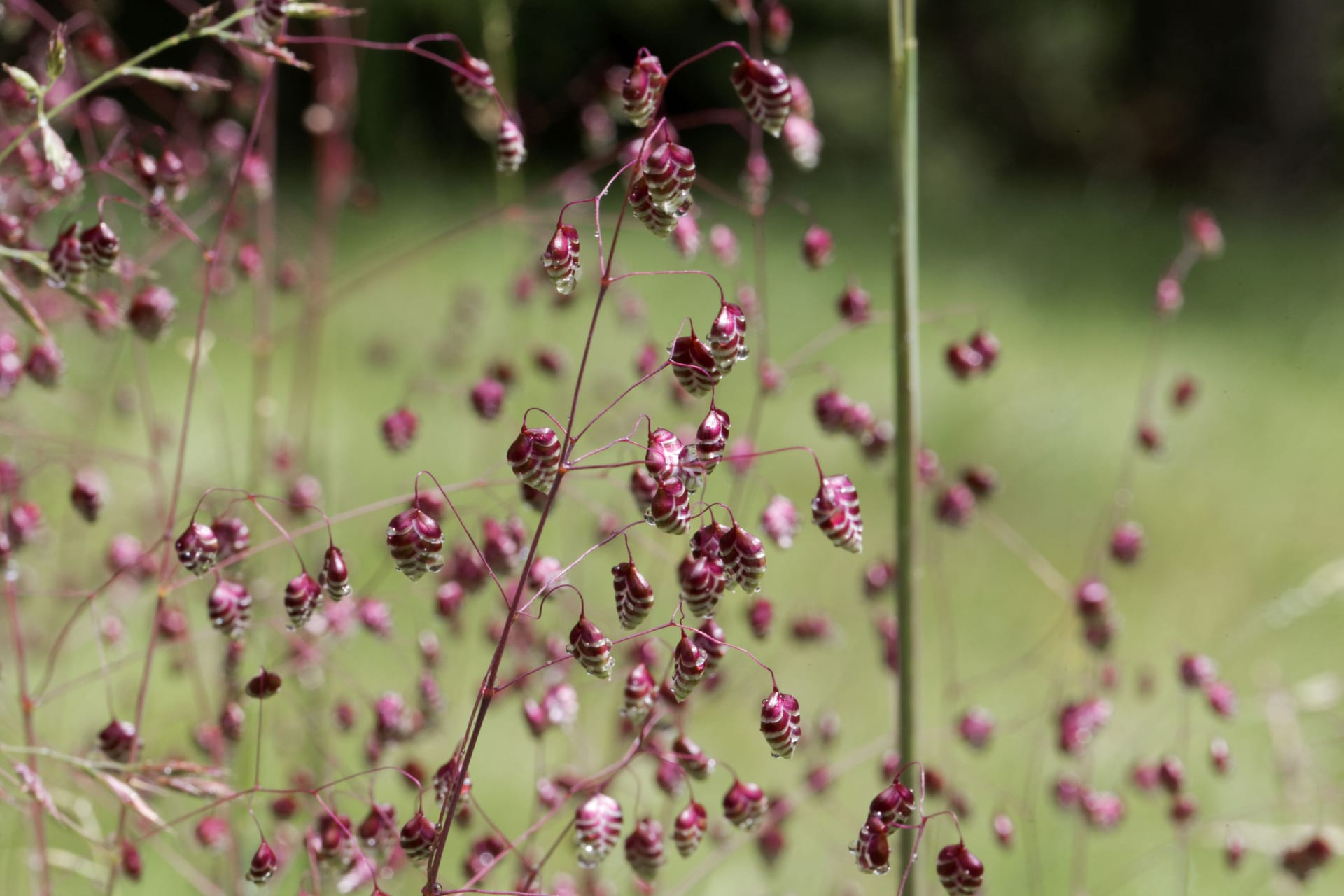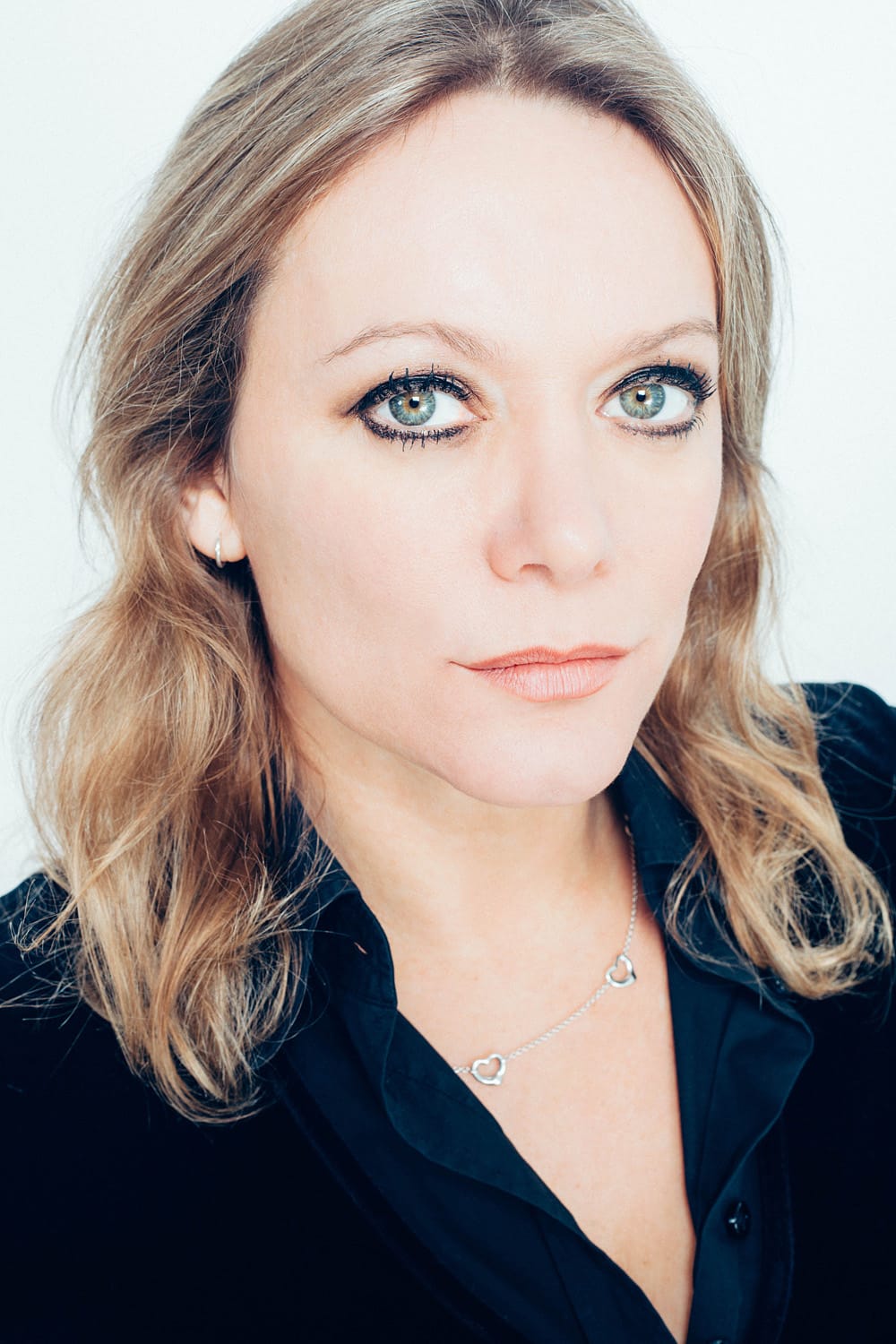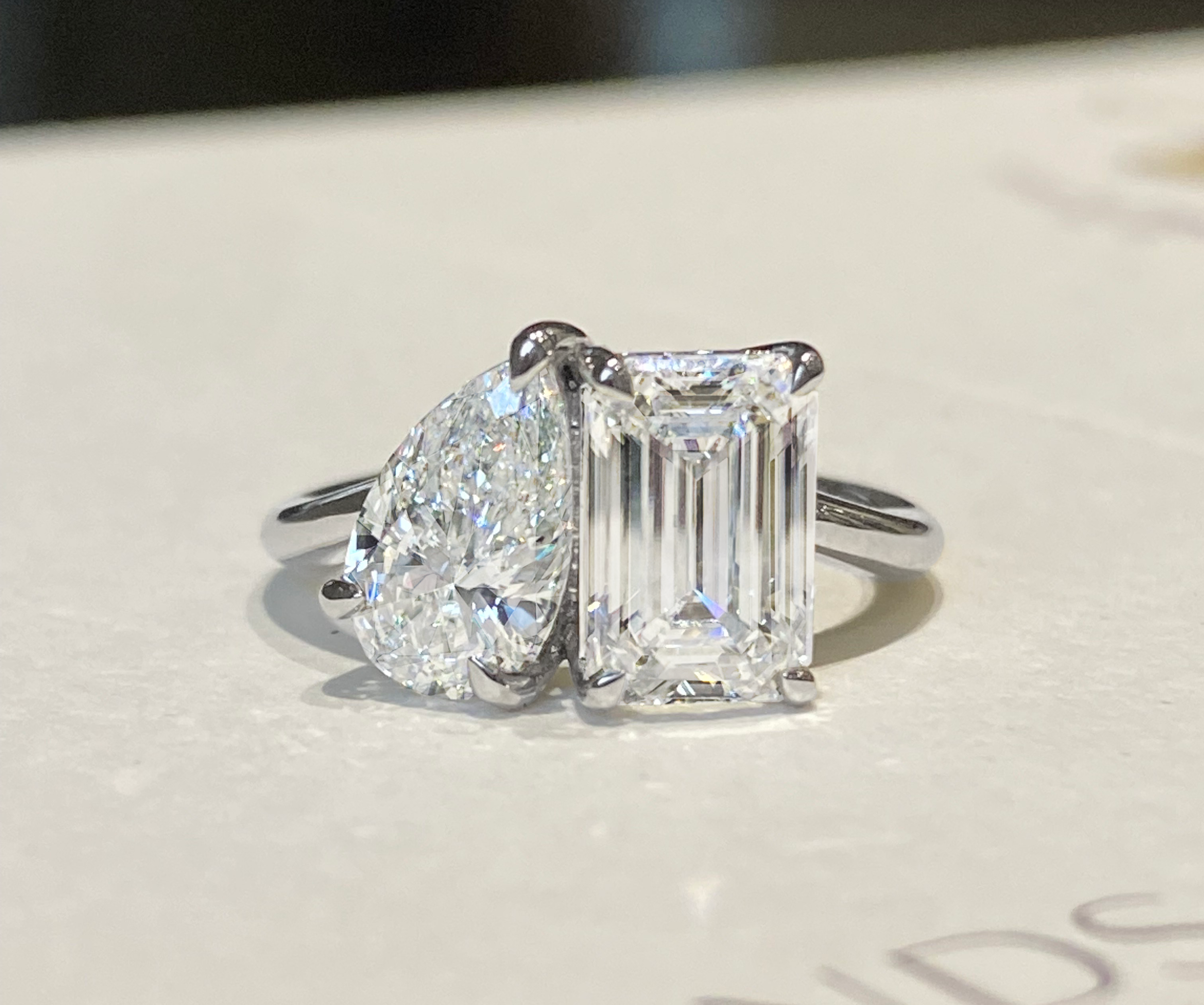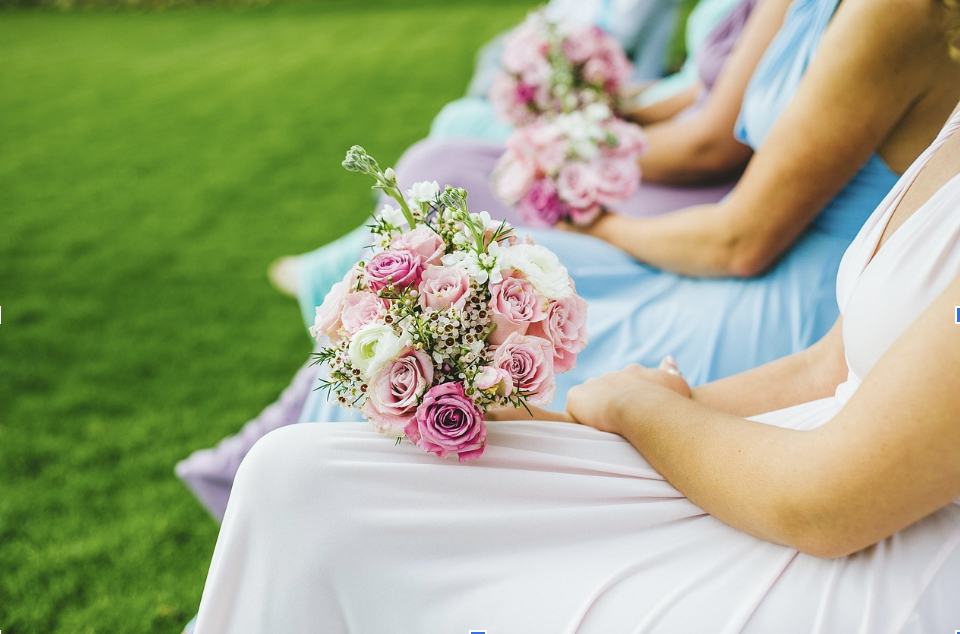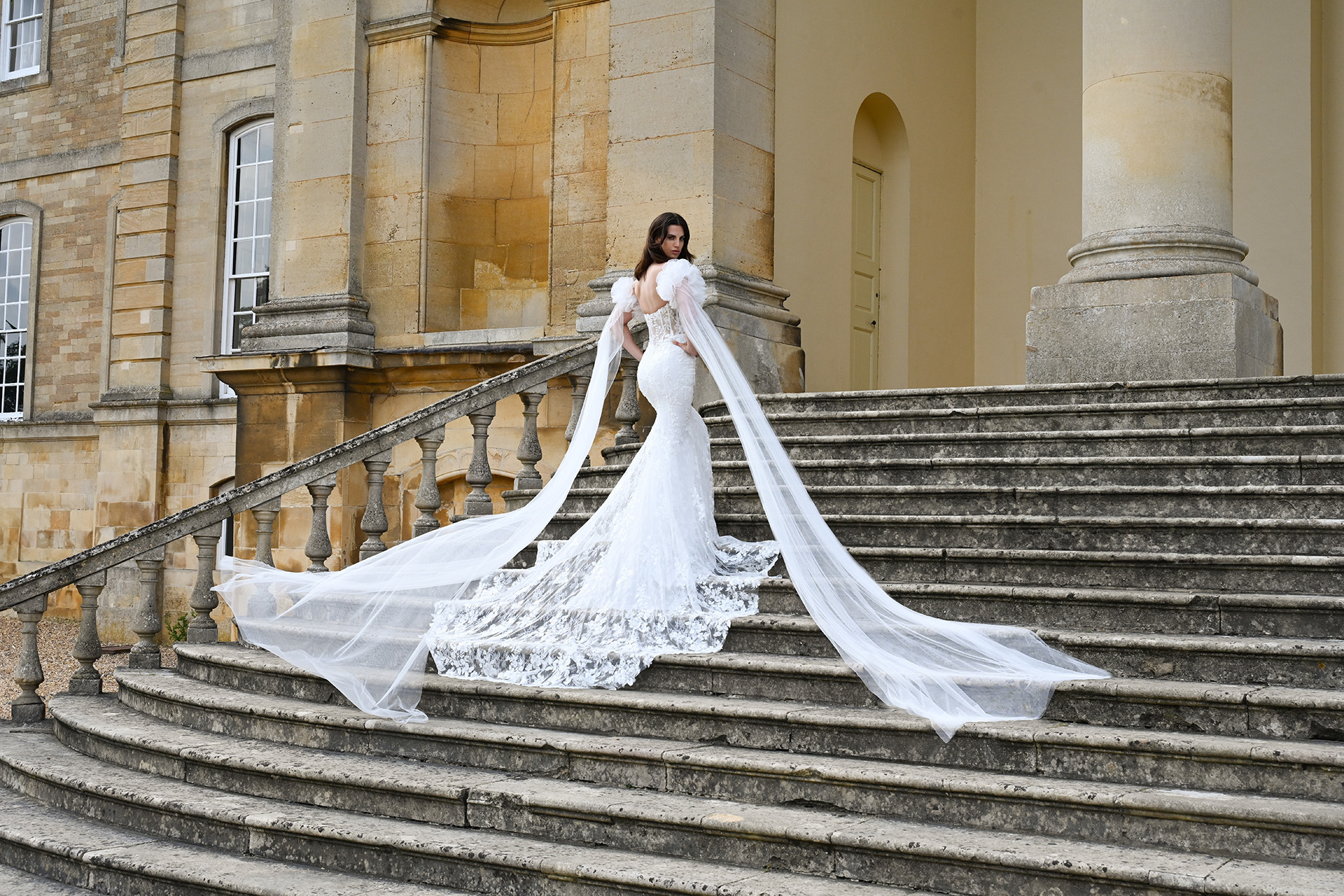With spring just around the corner and February being the month when many couples get engaged on or around Valentine’s Day, couples around Oxfordshire will be starting the process of planning their wedding. Traditionally it has been the groom’s family who have paid for the flowers and bride’s bouquet but the choice of what type of bouquet the bride will carry, is often her ultimate decision.
Flowers have a long-standing association with weddings going back to the times of the Ancient Greeks, Egyptians and Romans. Originally herbs and spices were chosen to ward off bad luck. Over time, both the bride and groom would wear floral garlands and the bride would carry a small posy. Flowers symbolise new beginnings, hopes of fertility, happiness and fidelity. Centuries ago, the herb Dill was chosen as it is an aphrodisiac, Rosemary symbolised loyalty, ears of wheat fertility, lengths of ivy an unbreakable bond and thistles, thyme, basil and heather were thought to provide protection.
During the Middle Ages, flowers, spices, even garlic was chosen not only to ward off evil spirits but also to mask unsavoury body odours as few people washed regularly in those days. It was during this period in history that the tradition of the bride throwing her bouquet over her shoulder to the assembled crowd was initiated. It was thought that by taking a small piece of the wedding dress, this would bring women not only good fortune but an impending marriage proposal of one’s own. However, by the bride tossing her bouquet and the assembled group otherwise engaged in catching it, she and her husband were able to slip away with her gown intact. By the time Elizabeth I became queen, small bridal bouquets were considered must haves and posies were also given out to wedding guests as favours. Some brides would also add flowers or foliage to their hair styles.
It was during Victorian times that wedding bouquets as we know them today became the norm. Depending on the blooms chosen by the bride, she was able to communicate romantic sentiments, a tradition which remains today. Orange blossom, which was linked to chastity became very fashionable when in November 1839, Prince Albert gave his fiancée a gold and porcelain broach in the form of a sprig of orange blossom. When the couple married just a few months later in February 1840, Victoria wore a headdress made of real orange blossom blooms and her dress, trimmed with hand-made Honiton lace, had more orange blossom flowers attached.
The Royals continued to influence the style of bridal bouquets for many years. When Elizabeth Bowes-Lyon married Prince Albert (later King George VI) in 1923 in Westminster Abbey, she laid her bridal bouquet at the Tomb of the Unknown Soldier as a tribute to her brother Fergus who had died at the Battle of Loos in 1915. Since then, other royal brides have continued the tradition. When her daughter, the late Queen Elizabeth II married Prince Philip in November 1947, she had chosen three very delicate and at the time very rare orchids representing love, beauty and strength: white Cattleya, Odontoglossum and Cypripedium orchids. The blooms were brought together in a freeform bouquet adding a touch of opulence to a wedding which took place against a backdrop of post war austerity. Unfortunately, not everything went according to plan with her wedding bouquet as despite it being personally delivered to Buckingham Palace, the bouquet went missing sometime between the newlyweds’ return to Buckingham Palace and the wedding breakfast. This is why the Queen was empty-handed for her wedding photos. The couple later had to recreate some shots from their wedding when their florist created a replica. Since then, all royal florists have to create a replica bouquet just in case.
By the time Princess Anne was married, she chose a bouquet of white roses, lily of the valley, stephanotis and a sprig of myrtle, grown from a plant originally providing myrtle for Queen Victoria’s wedding bouquet which has become a tradition to include in other royal wedding bouquets, representing ‘something old’. Other royal brides have gone from grand cascading bouquets with a wide selection of flowers as in the case of Princess Diana to the less complicated collections selected by Katherine Middleton and Meghan Markle. Megan’s small posy of white flowers included some flowers handpicked by Prince Harry from their Kensington Palace garden.
Before you choose what type of blooms to include, you will no doubt be choosing your perfect wedding dress and deciding as a couple what theme your wedding day will follow. When it comes to deciding what type of bouquet to opt for, there are various shapes to choose from depending on whether you want to follow tradition or select a contemporary style, both in terms of shape and blooms to include.
When it comes to selecting what flowers to use, if you want to consider the flowers meaning, you may also want to carefully consider your colour theme. Whilst some flowers represent mourning, with negative emotions and virtues, these can vary according to countries and cultural differences. Roses have often been selected and whilst red roses remain a symbol of love, white roses stand for purity but yellow roses, can either symbolise friendship or jealousy and infidelity. One bridal bloom which has remained popular over the years is Gypsophila (Baby’s Breath) which symbolises innocence, purity of heart and everlasting love.
Contemporary bridal bouquets can have a freer form spirit to them using a carefully selected colour palette from ultra bright blooms to sombre colour palettes or monochrome, such as an all-white clutch. An S-shape bouquet also enables your florist to create a free flowing arrangement, perhaps with the addition of leaves and grasses linked with more traditional roses. It is also worth considering what style your wedding cake is going to be as brides often use the same blooms re-created in sugar paste on the cake as they do in the floral bouquets.

